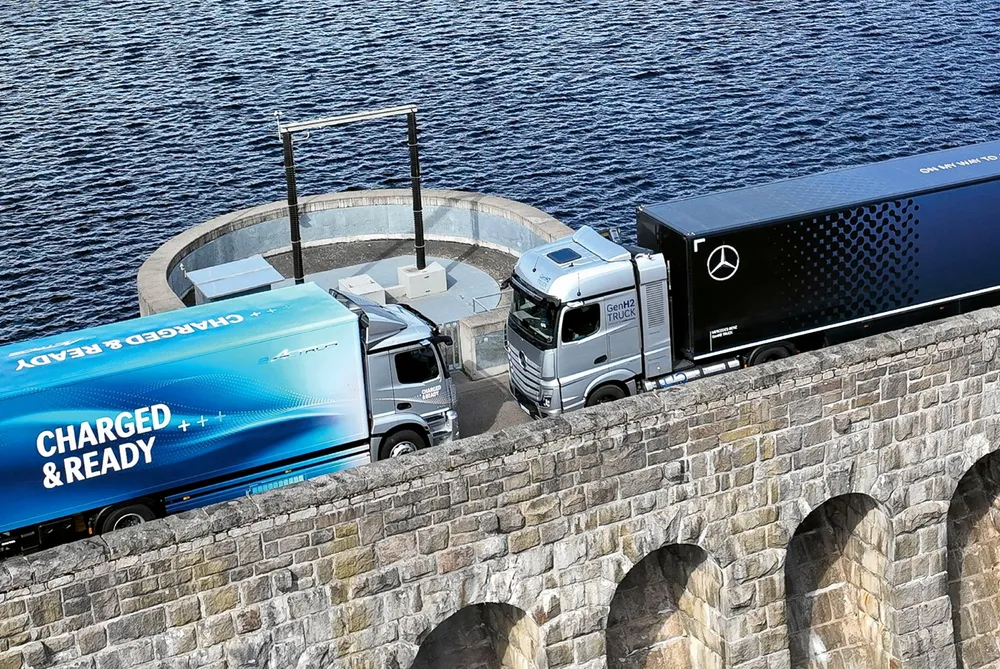'Cheapest way to decarbonise heavy vehicles is to invest in both hydrogen and electric infrastructure': Daimler
Truck manufacturer argues that ‘sun-to-wheel’ efficiency between imported green H2 and electricity in Europe works out the same

Truck manufacturer argues that ‘sun-to-wheel’ efficiency between imported green H2 and electricity in Europe works out the same
